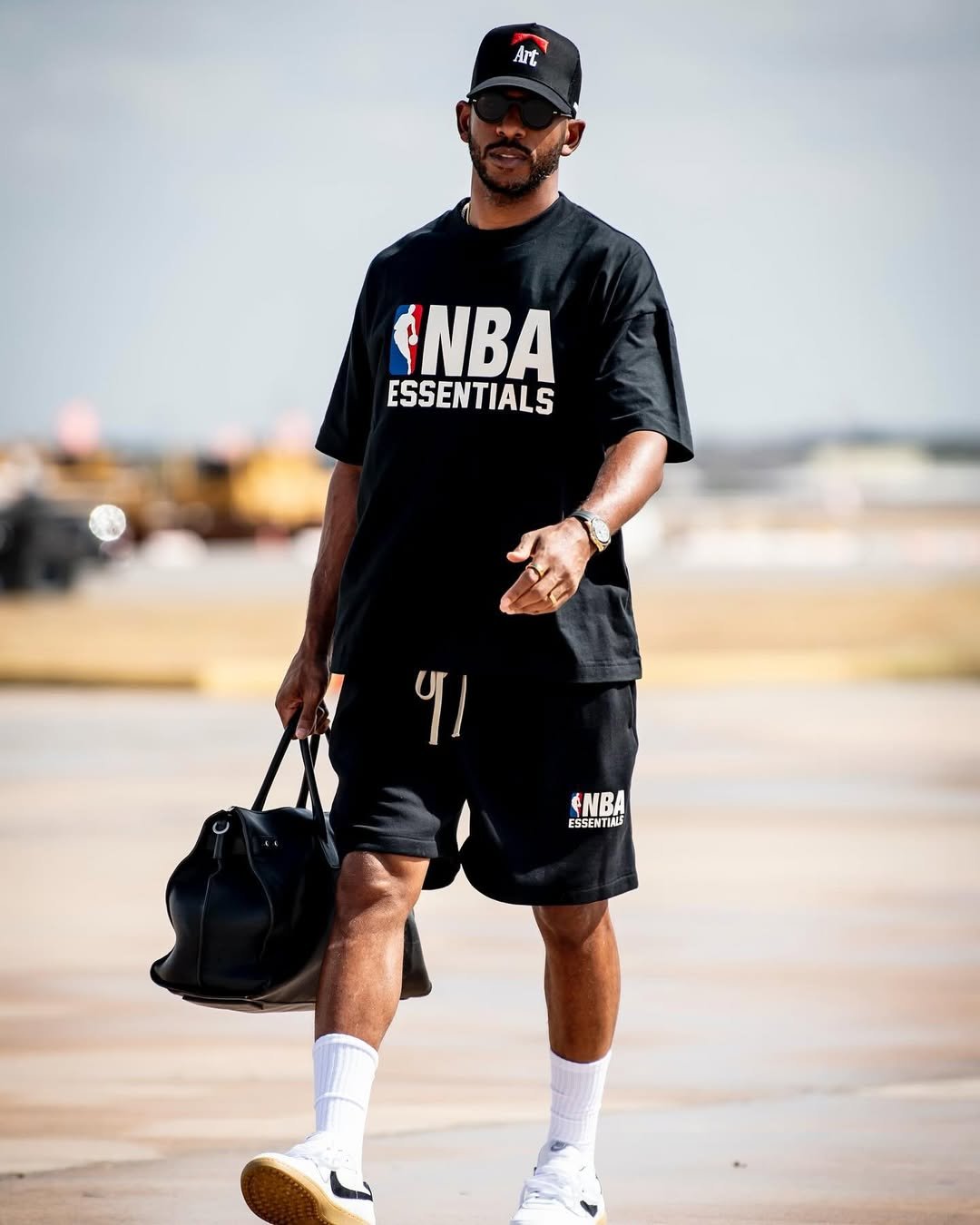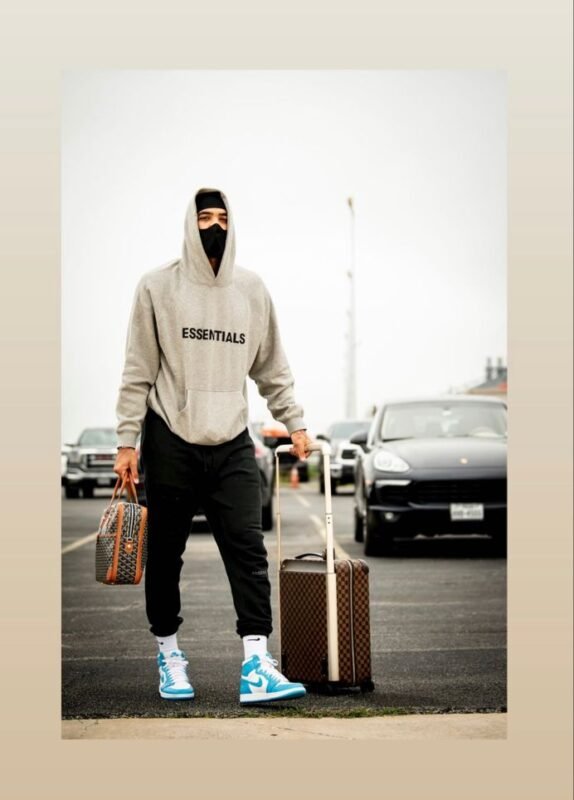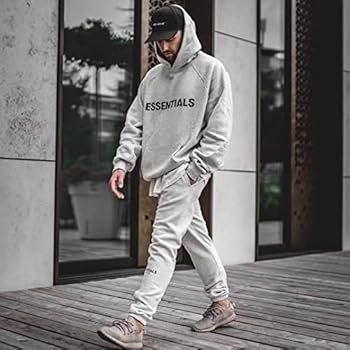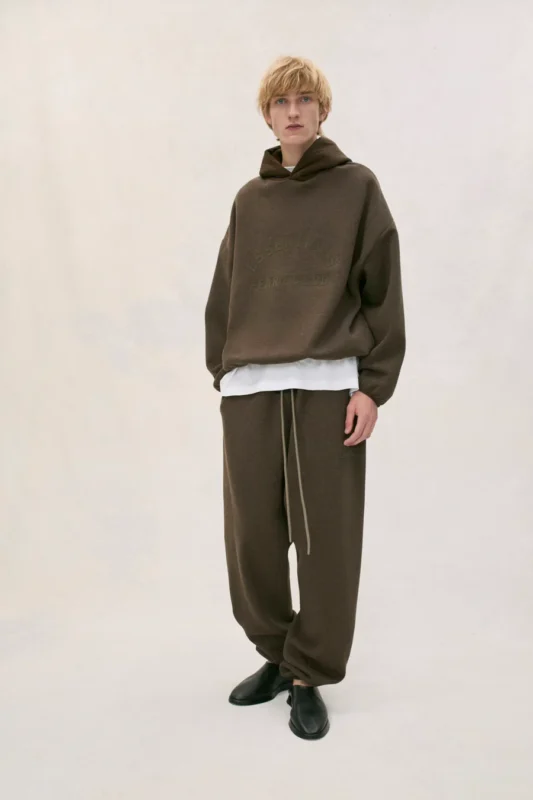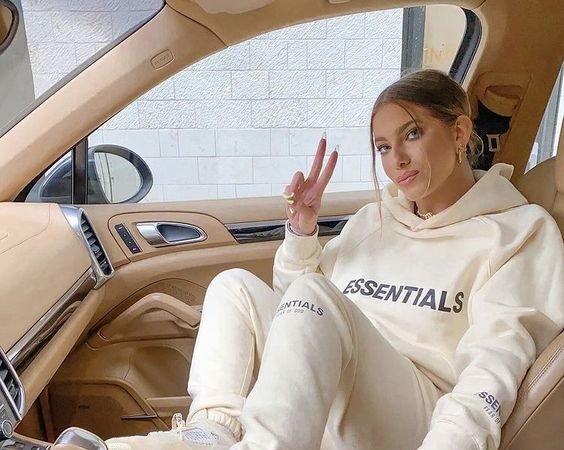In the world of fashion, few items have maintained cultural relevance and comfort like the Essentials tracksuit. The minimalistic, elevated streetwear design by Fear of God Essentials has resonated globally, including the UK. But what makes this particular garment such a stronghold in British fashion wardrobes? And more importantly, how do UK designers decide whether to follow trends like the Essentials aesthetic or branch into new creative territory?
Understanding the thought process of UK designers helps reveal the intricate blend of cultural cues, market signals, and personal creativity that fuels fashion decisions. Let’s explore how these designers navigate the ever-shifting streetwear landscape—and where Essentials fits in.
1. Market Demand and Cultural Relevance
UK designers are highly attuned to cultural movements and market demand. Essentials, known for its neutral palette, oversized fits, and unbranded yet recognizably “cool” aesthetic, aligns with the minimalist streetwear vibe that dominates urban centers like London, Manchester, and Birmingham.
British youth culture has historically thrived on sportswear—from Adidas tracksuits in the ’90s rave scene to Grime artists sporting Nike Tech Fleece. Essentials fits seamlessly into this lineage, offering luxury comfort with mass appeal.
UK designers often take note of:
- Social Media Trends: TikTok and Instagram heavily influence UK fashion cycles. Essentials has become a staple in streetwear TikToks and haul videos.
- Music Influence: Artists like Skepta, Dave, or Central Cee often inform fashion attitudes. Essentials blends easily with the style of these influential figures.
- Global Popularity: Because Essentials is popular in both the U.S. and EU, UK designers find it a safe middle ground when targeting international or online customers.
2. Trend Cycles: Timeless vs. Temporary
While UK fashion designers respect trend cycles, https://essentialstracksuit.uk/ they also balance short-term buzz with long-term wearability. Essentials offers timeless appeal—neutral colors, clean lines, oversized fits—which often leads designers to view it not as a “trend” but a style base to build from.
When deciding which trends to incorporate, UK designers ask:
- Is this a fleeting microtrend, or part of a long-term cultural shift?
- Can this be reinterpreted in a British context?
- Does this trend speak to functionality, or is it purely aesthetic?
Essentials checks boxes in functionality, minimalism, and gender neutrality, making it a prime candidate for reinterpretation in local collections.
3. Local Identity and Global Inspiration
UK designers walk a fine line between global trend participation and protecting their unique voice. Essentials’ American origin doesn’t diminish its appeal, but British designers often adapt its aesthetic for regional nuance.
For example:
- Fabrication: While Fear of God may focus on cotton fleece, UK brands might lean into tech fabrics that perform well in wet, unpredictable British weather.
- Fit Adjustments: Some British designers may tweak silhouettes to match preferences in layering or to better suit UK body diversity.
- Color Palettes: UK collections might add jewel tones, heritage checks, or pastel spins to Essentials-style loungewear, giving a nod to both tradition and trend.
4. Sustainability and Brand Ethics
Modern UK fashion consumers are increasingly demanding sustainable and ethical practices. Designers often view global brands like Essentials through a critical lens, considering:
- Where is it produced?
- Are the materials ethical or recycled?
- Can we offer a local, more sustainable alternative?
Essentials pieces are generally well-made but mass-produced. As a result, many UK designers follow the silhouette or mood of the brand while offering eco-conscious, limited-run alternatives using local mills or deadstock materials.
5. Collaboration and Influence
UK designers often study high-performing brands for cues on collaborations and community engagement. Essentials frequently partners with PacSun, releases seasonal drops, and maintains a consistent visual identity. These choices don’t go unnoticed.
British designers—especially emerging ones—watch how Essentials balances hype with accessibility, offering lessons on:
- Drop Culture: Essentials uses limited releases and scarcity marketing to generate buzz. UK brands mimic this via capsule collections or pop-ups.
- Monochrome Branding: Essentials’ subtle text-based logo influences how British designers re-think visible branding—often opting for tonal embroidery, subtle slogans, or clean prints.
6. Emotional Connection and Comfort
Lastly, UK designers understand that modern fashion is about how it makes you feel. Post-pandemic, the appeal of cozy, minimal, versatile loungewear—like the Essentials tracksuit—skyrocketed.
Essentials meets psychological needs:
- Security: Oversized fits and familiar textures offer comfort.
- Identity: Its logo is subtle yet recognizable, signaling community without shouting for attention.
- Versatility: Dress it up with outerwear or down with sneakers—perfect for unpredictable British schedules.
UK designers often use Essentials as an emotional blueprint for their own cozy collections, focusing on mood-driven design that resonates deeply with consumers.
Final Thoughts
The Essentials tracksuit has become a global streetwear icon, and its influence on UK fashion design is undeniable. But rather than simply copying it, UK designers assess Essentials through the lens of culture, ethics, fit, and emotional value.
From remixing silhouette https://essentialstracksuit.uk/s to prioritizing local values, British designers take what works—and reinterpret it in fresh, locally relevant ways. It’s not about following every trend; it’s about knowing which ones fit the story you want to tell.
As long as comfort, clean lines, and quiet confidence remain key fashion drivers, Essentials will continue to inspire designers on both sides of the Atlantic.


